The gorgeous transformation of coffee grounds! Can be made into cups and clothes? The use of coffee grounds
At present, the world consumes an average of 2.25 billion cups of coffee a day, which is a very huge figure. A large amount of coffee grounds are produced after each cup of coffee. It would be a pity to throw the coffee grounds away directly, and globally, this way of handling is definitely a waste of resources. So is there any way to recycle these coffee grounds?
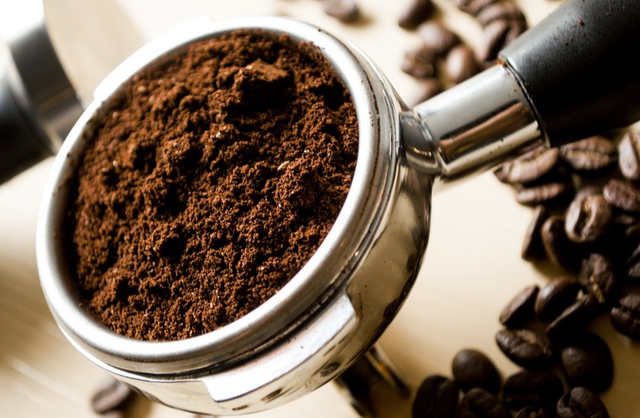
Of course there is! Not long ago, Kaffeeform, a German start-up, completed the perfect transformation of coffee grounds, giving coffee grounds a second life. Through transformation or recycling, they give the coffee residue a second life and make the coffee residue into a cup, which is very much in line with the concept of environmental protection, health and thrift advocated in recent years.
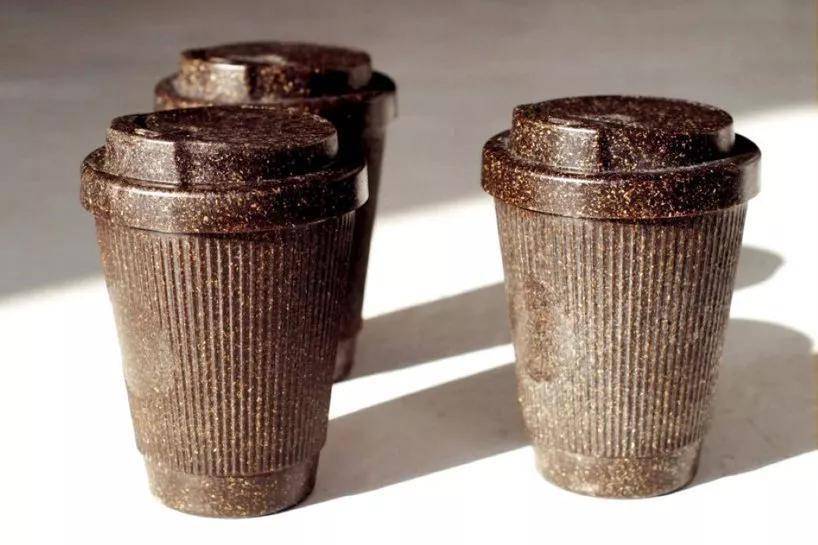
The emergence of anything new requires time and energy. The eco-friendly cup, which turns coffee grounds into waste, was developed in the laboratory by Julian Lechner, the founder and designer of Kaffeeform, for five years. They collected all the coffee grounds from a local coffee shop in Berlin, dried, packaged and transported, mixing them with natural resins, cellulose and wood particles to turn them into injection moldable liquids. Finally, after pouring these liquids into different molds, they become a variety of cups, and after drying, they are no different from ordinary coffee cups.
This kind of recycled coffee cup designed by coffee grounds not only does not affect the taste of coffee, but also has the advantages of environmental protection, beauty and cleaning, and can be recycled. Kaffeeform became the world's first commercial product made of coffee grounds, so it also won the Red Dot Product Design Award for this process of turning coffee grounds into coffee cups.

However, this is not the first time coffee grounds have been gorgeously transformed. Coffee grounds have been used in clothing, cars and other fields. Since 2014, Anta in China has recycled 100 tons of coffee grounds to develop an environmentally friendly coffee yarn series, which can be recycled into polyester fiber to achieve waste recycling. The earliest environmental protection technology to use coffee grounds to make coffee yarn is from Taiwan's Singtex Textile Company, which began to produce coffee yarn as a fabric for functional clothing as early as 2009, attracting a number of international brands to come to cooperate.
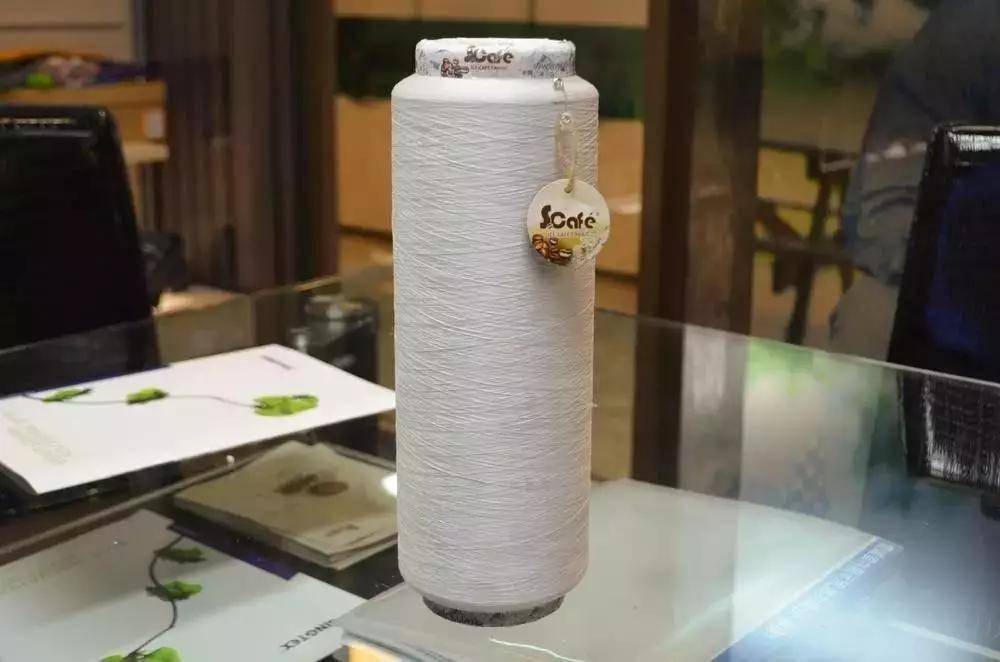
The clothes made of this kind of coffee yarn can not only remove the odor, the irregular surface of coffee nanocrystallized can make the yarn have the effect of anti-UV and fast drying, and its UV protection against UVA and UVB is more than 5 times higher than that of pure cotton. In addition, coffee grounds can be recycled as a clothing material and can decompose naturally without causing pollution to the environment.
In addition to using new technology to turn coffee grounds into treasures, we can also collect the coffee residue left after brewing coffee and use it as plant fertilizer to provide nutritional supplies to plants. Coffee grounds about 3 cm thick can also be spread evenly in the ashtray, and the coffee grounds laid in the ashtray are preferably in a semi-wet state, which can not only remove the odor, but also extinguish the cigarette butts and reduce the smell after burning.
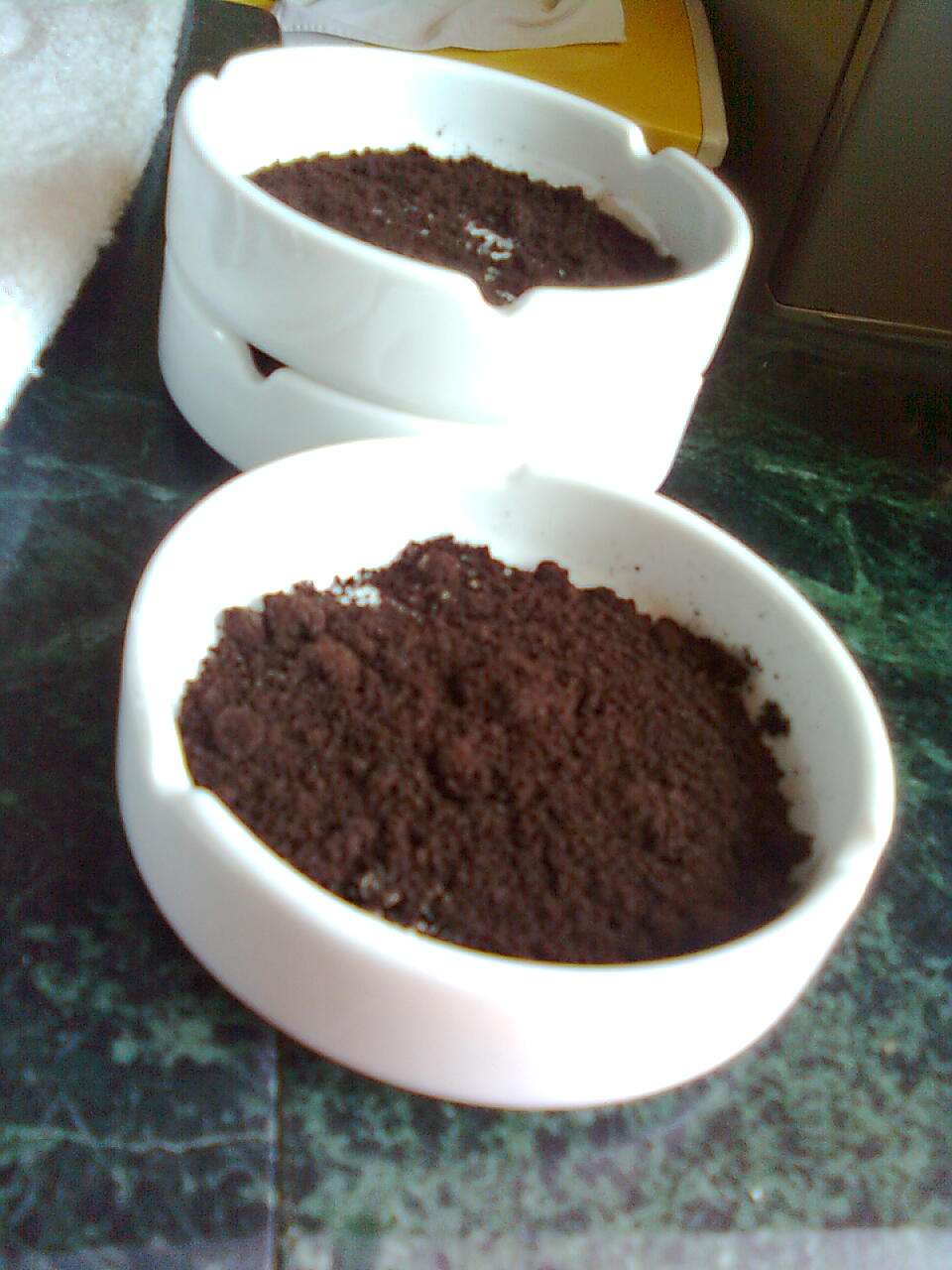
In the coffee industry, only a small part of the process from the peel of coffee cherries to the coffee grounds left after roasting and brewing is finally used to make coffee, and how to use new technology to regenerate coffee waste requires the participation of scientists and coffee lovers.
* Image source: Internet
Important Notice :
前街咖啡 FrontStreet Coffee has moved to new addredd:
FrontStreet Coffee Address: 315,Donghua East Road,GuangZhou
Tel:020 38364473
- Prev
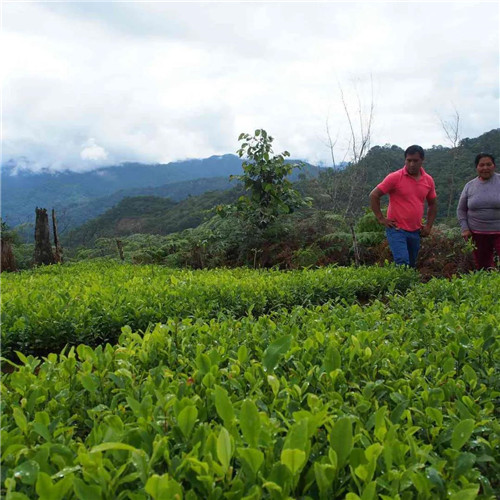
The latest news of Peruvian coffee forced Peruvian farmers to grow coca as the price of Peruvian coffee fell.
More information on coffee beans Please follow the coffee workshop (official Wechat account cafe_style) as global coffee prices have plummeted, farmers in the jungles of central Peru have had to cut down all their coffee and start growing coca, the raw material for cocaine. This national trend brings Peru's coca production to close to 55000 hectares (about 500t) per year.
- Next

What about the OATLY brand? Oatmeal milk from tens of thousands of cafes will also be on the market!
Another online celebrity brand is ready to go public. OATLY, the world's largest oatmeal brand, has filed a confidential document with the US Securities Regulatory Commission (SEC) for an initial public offering (IPO) on Feb. 23, according to foreign media reports. People familiar with the matter said: OATLY could be valued at as much as $10 billion, but OATLY will not accept this.
Related
- What effect does Italian American coffee with filter paper have? Will coffee taste better if it is put on filter paper at the bottom of the powder bowl?
- What is the color difference in coffee beans? What are the characteristics of honey processed coffee beans? Why are the anaerobically treated coffee beans uneven in color?
- How does novice Xiaobai quickly get started and make coffee? Newbies learn to make coffee by hand and share the specific steps and process process!
- Costa tea has a shelf life of 100 years?! Expert: Unable to verify
- It's a huge uproar! American milk addition was rejected by Manner employees?!
- Mocha pot coffee bean recommendations| How fine and how much powder should be used for grinding? What parameter ratios do I need to use to make milk with Mocha pot coffee?
- What are the characteristics of the world's top ten coffee beans treated with Costa Rica honey? How to make black honey kadura from Tarazhu Pilon Processing Plant taste good?
- How to make deep-roasted coffee? What grinding water temperature does authentic Jamaica Blue Mountain No. 1 coffee use to brew it well?
- Selected high-grade rose summer coffee flavor tasting guide Why Panama rose summer has the aroma of flowers and fruits
- What equipment does a novice Xiaobai need to buy to learn to make coffee? Filter cup electronic scale bean grinder manual flushing pot purchase guide

